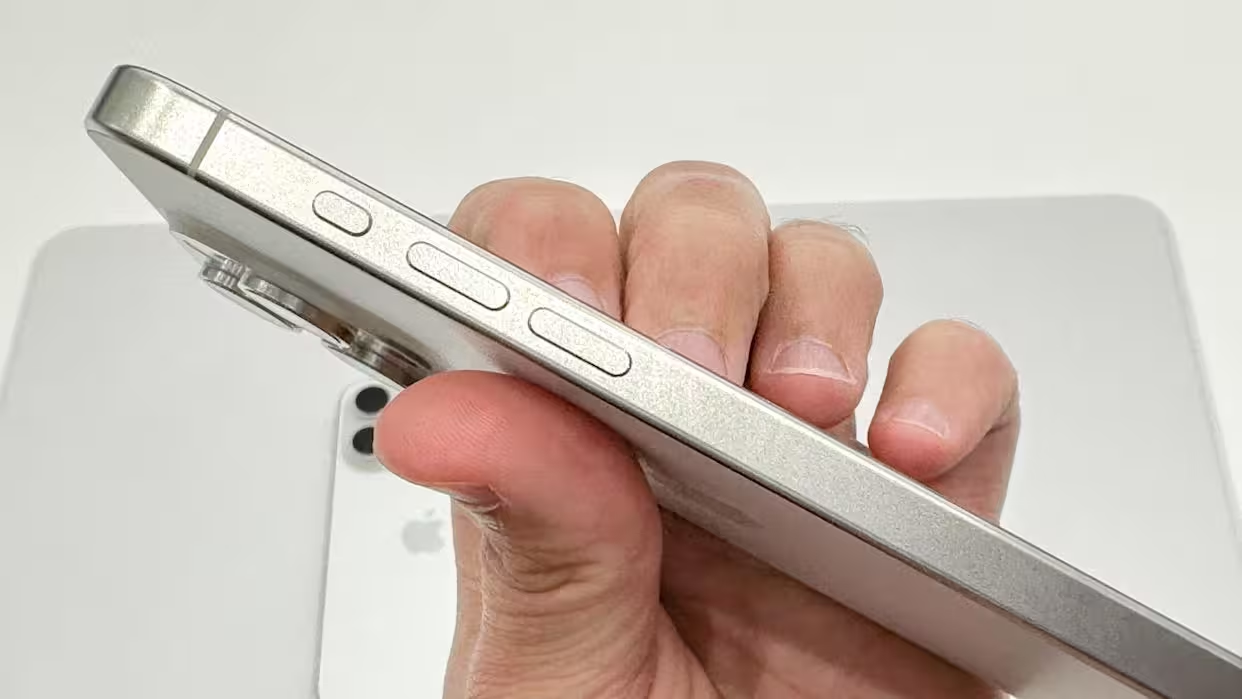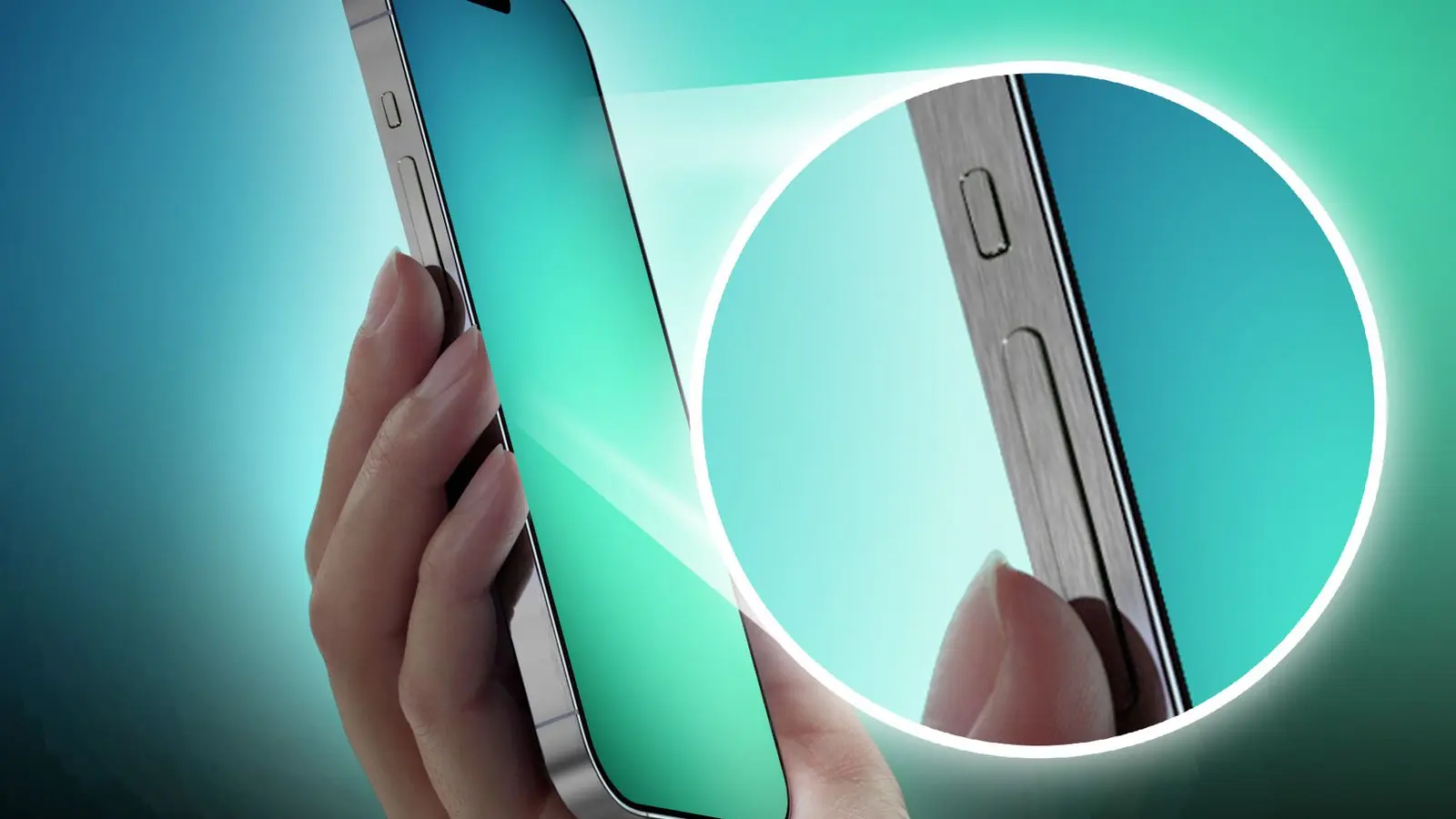3 Minutes
Apple may be plotting a tactile revolution. Leaks point to the iPhone 20 adopting solid-state haptic buttons across power, volume and camera controls — a move that could change how we interact with iPhones, iPads and Watches.
What the leak says about solid-state controls
A tip from Setsuna Digital (via Weibo) suggests Apple plans to mass-produce solid-state buttons for the iPhone 20, expected in 2027. Instead of mechanical switches, these controls would rely on pressure sensing and local vibration to simulate a click. Early signs point to ultrasonic or piezoelectric-driven haptics that recreate the feel of a physical button without moving parts.
Steps along the roadmap: from iPhone 18 to iPhone 20
The leak also says the transition will be gradual. The 2026 "iPhone 18" might already simplify the camera control by removing a capacitive layer and using a pressure-only sensor. Later models would add piezoelectric ceramic elements to deliver richer haptic sensations. By the iPhone 20 launch, Apple is reportedly aiming for a full rollout of these solid-state keys across multiple device buttons.

Why Apple would make the switch
There are clear benefits: fewer moving parts mean improved durability and lower risk of mechanical failure. Solid-state controls could also reduce accidental inputs and enable new gestures — think firm press, long hold or directional swipes — all backed by customizable haptic patterns. For users, the promise is a consistent, reliable tactile experience across devices.
Project Bongo and the ecosystem play
The effort is reportedly linked to Apple’s internal initiative dubbed "Project Bongo," which aims to standardize controls across the iPhone, iPad and Apple Watch. That broader push would let Apple tune responsiveness and feedback at scale, ensuring the new interface behaves the same whether you're adjusting volume on an iPhone or toggling a control on an Apple Watch.
Timing, technical hurdles and what could still change
Interface overhauls require extensive testing. The leak stresses that the solid-state button program is still in research and refinement. Recreating the precise feel of a mechanical key via ultrasonic or piezo haptics is difficult: latency, vibration fidelity and power use must all meet Apple’s standards before any mass rollout. For now, mechanical buttons will likely remain while Apple iterates behind the scenes.
Imagine a future iPhone without physical switches — cleaner devices, fewer broken buttons and a new palette of tactile interactions. If the rumors hold, Apple’s shift to solid-state haptic controls could be one of the most notable hardware changes in years.
Source: gizmochina


Leave a Comment